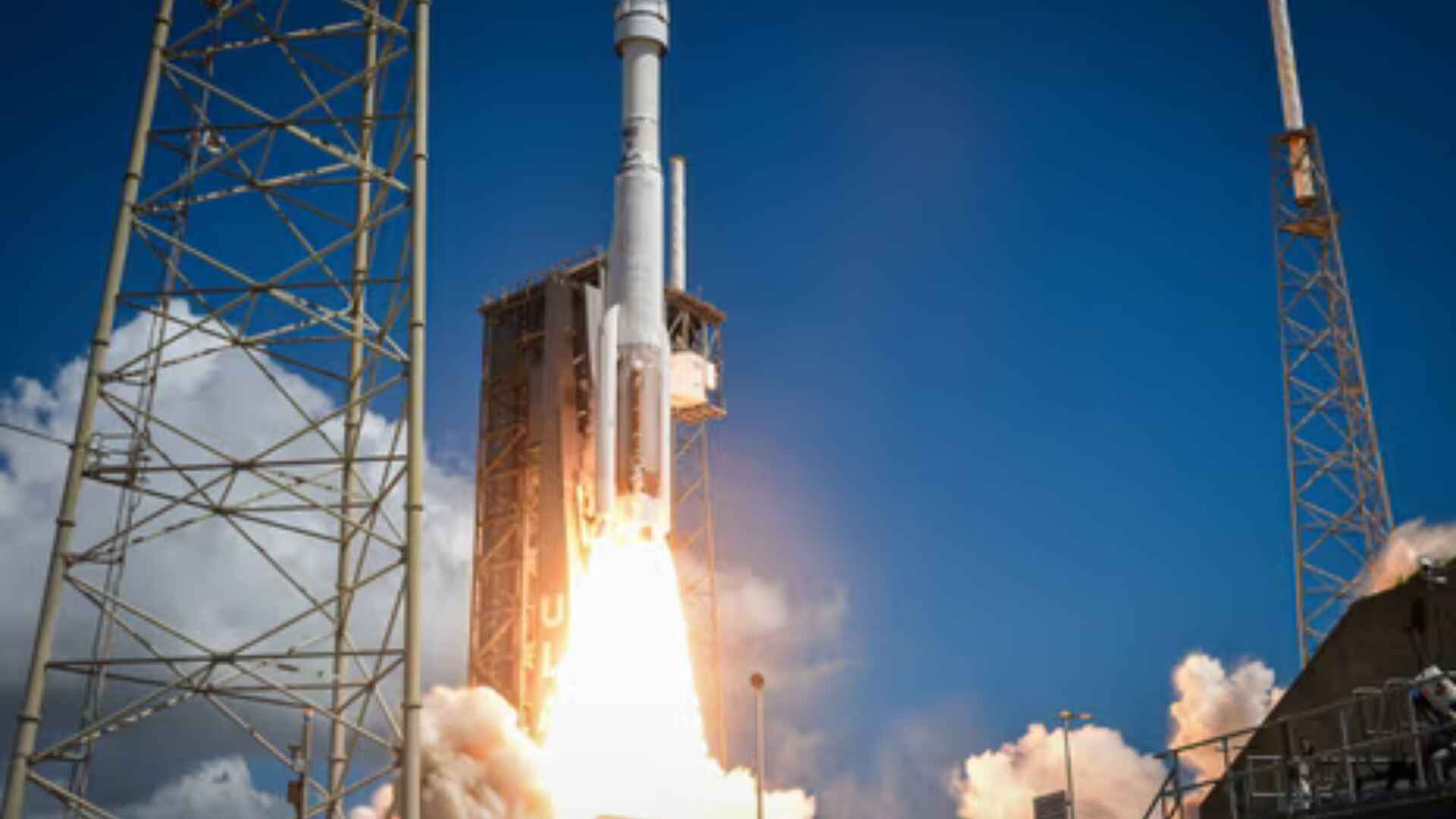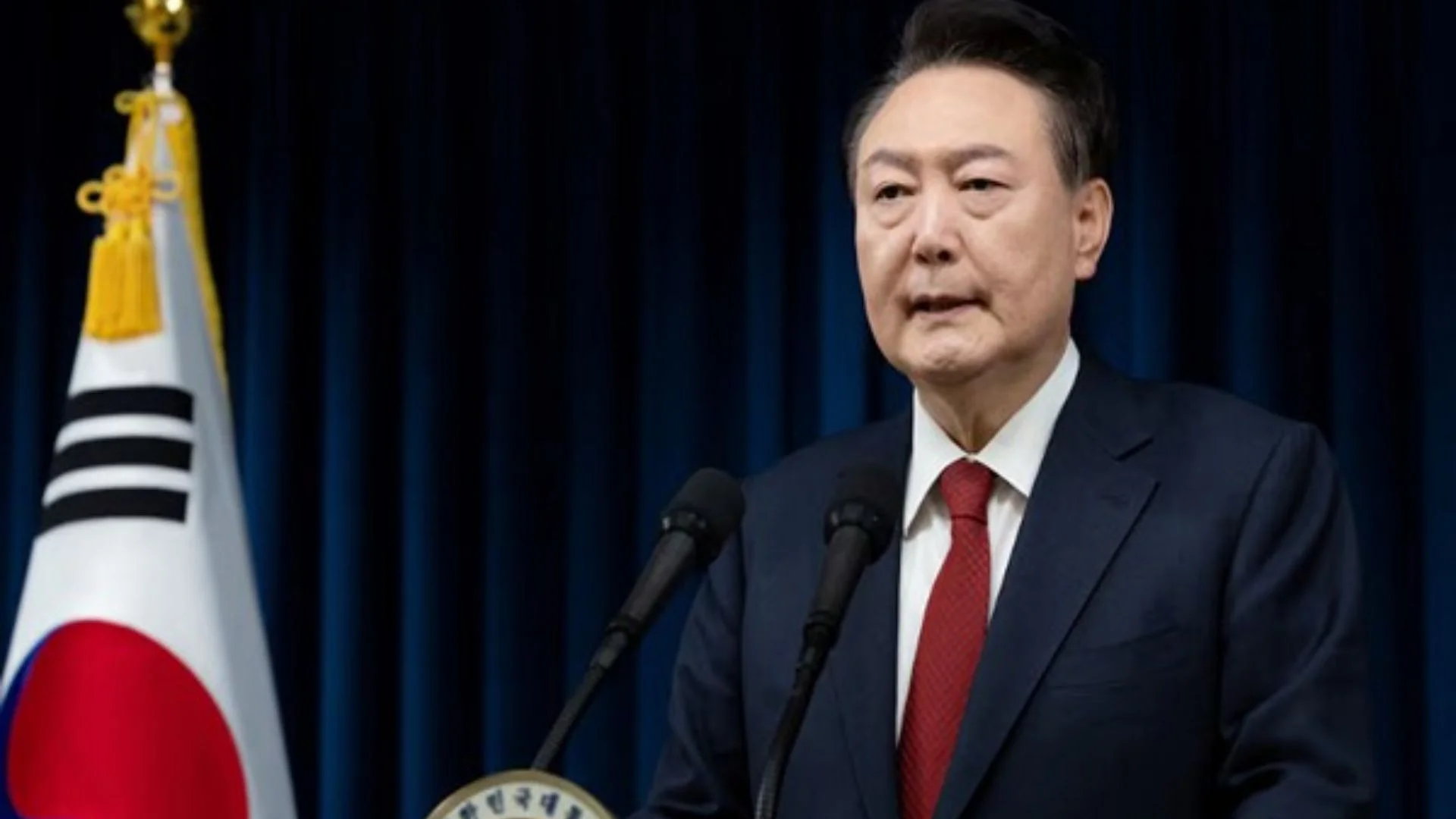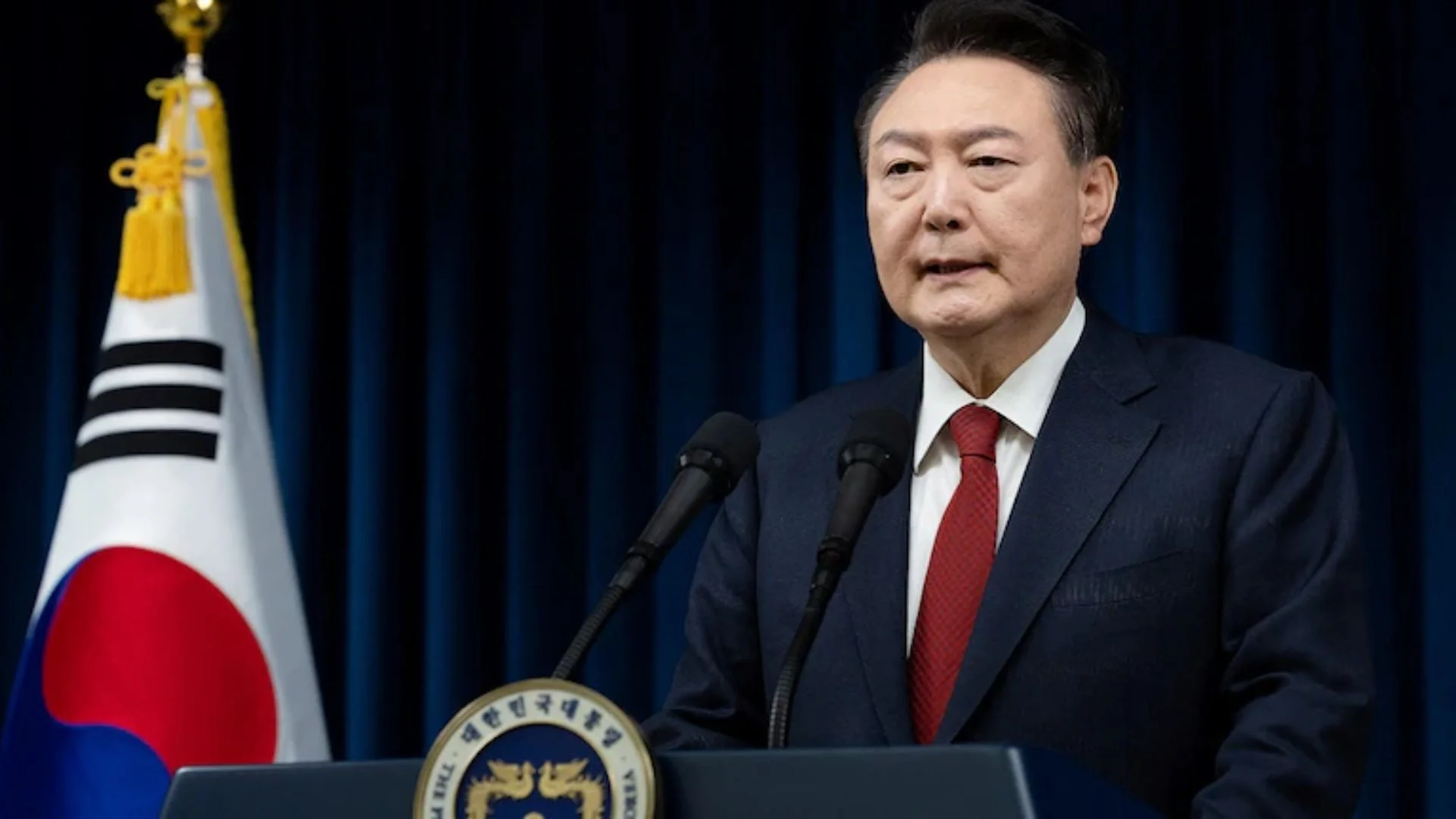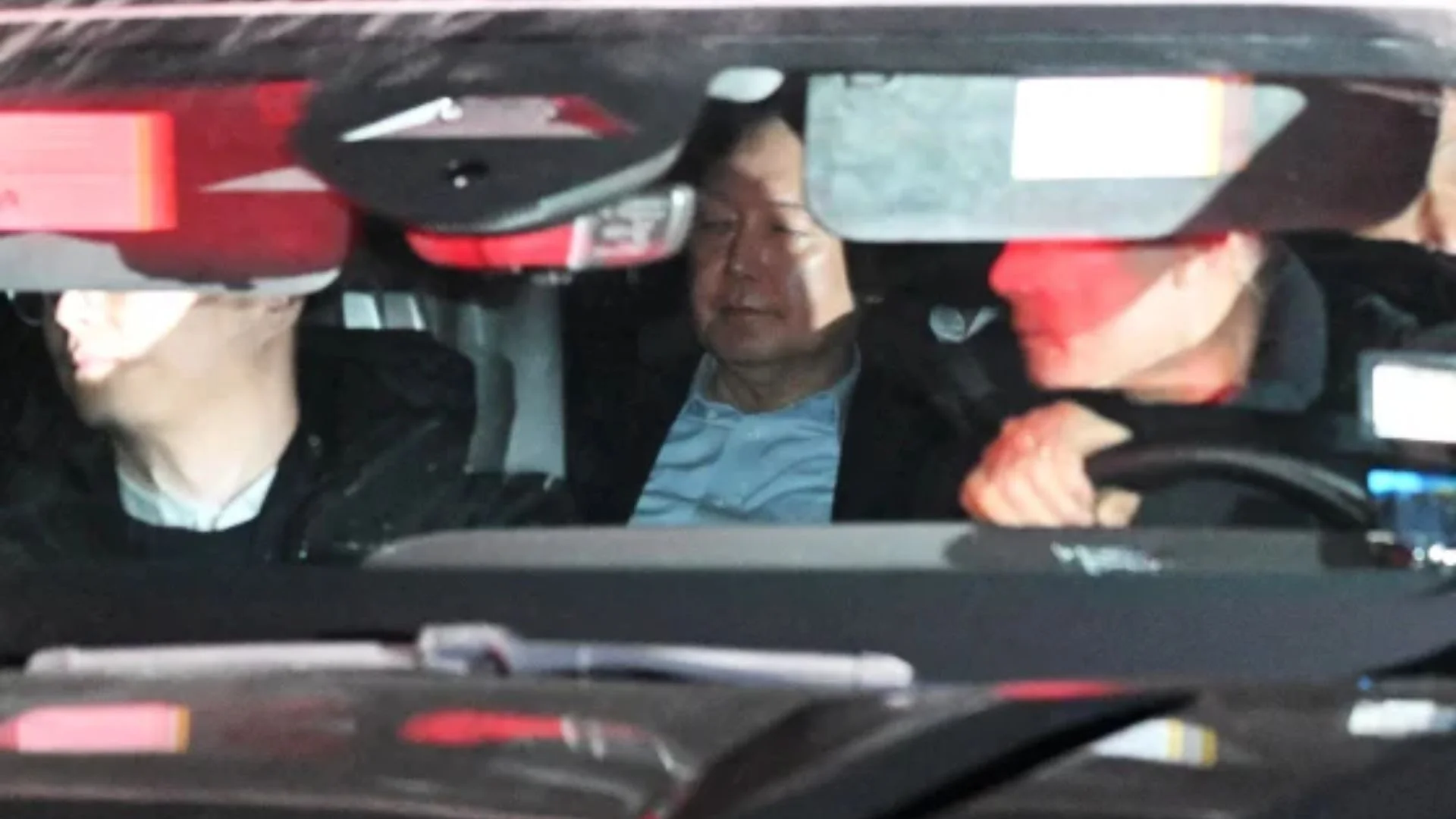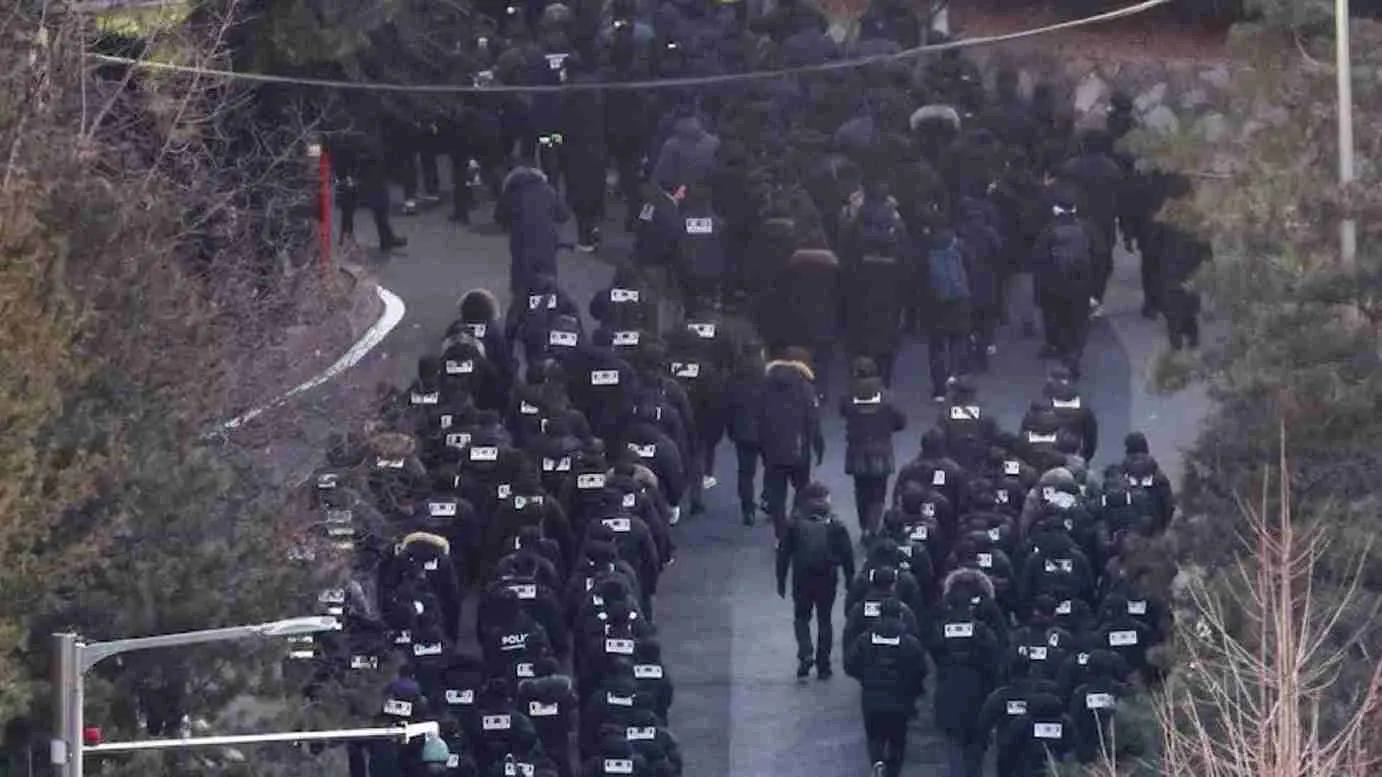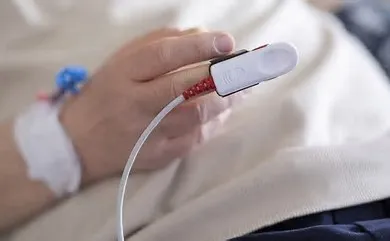Boeing’s recently launched Starliner capsule, carrying its first two-member NASA crew, was scheduled to rendezvous with the International Space Station on Thursday. However, the mission encountered setbacks when helium leaks were detected on the spacecraft, highlighting new issues in this critical test mission.
On Wednesday, the CST-100 Starliner embarked on its journey to space from Florida, carrying veteran astronauts Barry “Butch” Wilmore and Sunita “Suni” Williams. This long-awaited test flight aims to showcase the spacecraft’s capability and enhance Boeing’s competition with Elon Musk’s SpaceX in the space industry.
Propelled by an Atlas V rocket provided by the Boeing-Lockheed Martin partnership, United Launch Alliance (ULA), the reusable gumdrop-shaped capsule commenced its one-day voyage to the ISS. It is programmed to autonomously dock at approximately 12:15 p.m. ET (1615 GMT).
While en route, helium leaks were identified in Starliner’s propulsion system, impacting the functionality of some of its 28 thrusters employed for space maneuvering. Both NASA and Boeing assure the astronauts’ safety, noting that the spacecraft has backup thrusters to mitigate the issue.
Starliner utilizes helium to increase pressure in the propellant for its thrusters. However, NASA and Boeing did not specify the exact location of the affected thrusters or the rate at which the helium was leaking.
On Thursday morning, NASA mission managers granted Boeing approval to proceed with Starliner’s docking to the ISS, with the agency’s space station office closely monitoring the leak rate.
Upon successful coupling with the space laboratory, Wilmore and Williams are slated to perform standard procedures, including checking for airlock leaks and pressurizing the passage between the capsule and the ISS, before opening the entry hatches.
They will be greeted by the current seven-member crew aboard the outpost, consisting of four U.S. astronauts and three Russian cosmonauts.
Wilmore and Williams are scheduled to stay aboard the station for approximately eight days before embarking on their return journey. The return flight will see Starliner re-enter Earth’s atmosphere, experiencing a fiery descent, before ultimately landing with the assistance of parachutes and airbags in the U.S. Desert Southwest, marking a historic first for a crewed NASA mission.
Boeing Starliner – First Nasa crewed mission begins
The Wednesday launch of Starliner came after years of technical challenges, numerous delays, and a successful test mission in 2022 to the orbital laboratory without astronauts on board.
Last-minute issues resulted in the cancellation of Starliner’s first two crewed launch attempts, including the discovery of a helium leak in the capsule’s propulsion system, which was later deemed not serious enough to require a mechanical fix. NASA and Boeing officials identified a faulty seal on one thruster component as the cause of the helium leak.
Boeing developed Starliner under a contract with NASA to rival SpaceX’s Crew Dragon capsule, which has been the sole vehicle for transporting ISS crew members from U.S. soil since 2020. The current mission marks Starliner’s first test flight with astronauts on board, a prerequisite before NASA can certify the capsule for regular astronaut missions.
Chosen as the crew for this crucial flight were two NASA veterans with a combined total of 500 days spent in space: Wilmore, 61, a retired U.S. Navy captain and fighter pilot, and Williams, 58, a former Navy helicopter test pilot with experience flying over 30 different aircraft.
Bringing Starliner to this stage has been a challenging process for Boeing under its $4.2 billion fixed-priced contract with NASA, which aimed for redundancy with two U.S. rides to the ISS. Starliner is several years behind schedule and more than $1.5 billion over budget. Meanwhile, Boeing’s commercial airplane manufacturing operations have faced a series of crises related to its 737 MAX jetliners.

